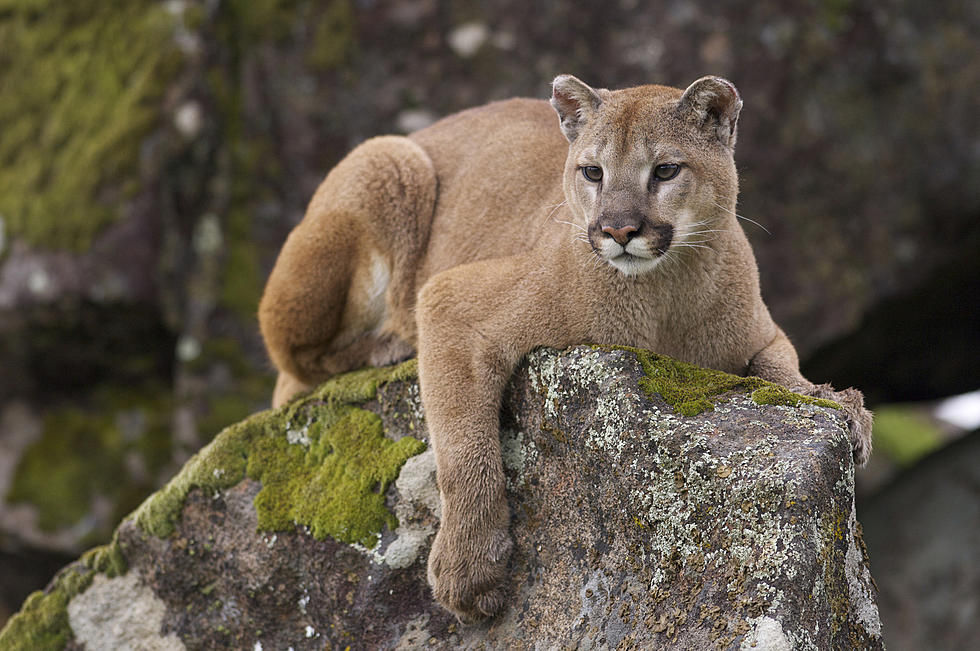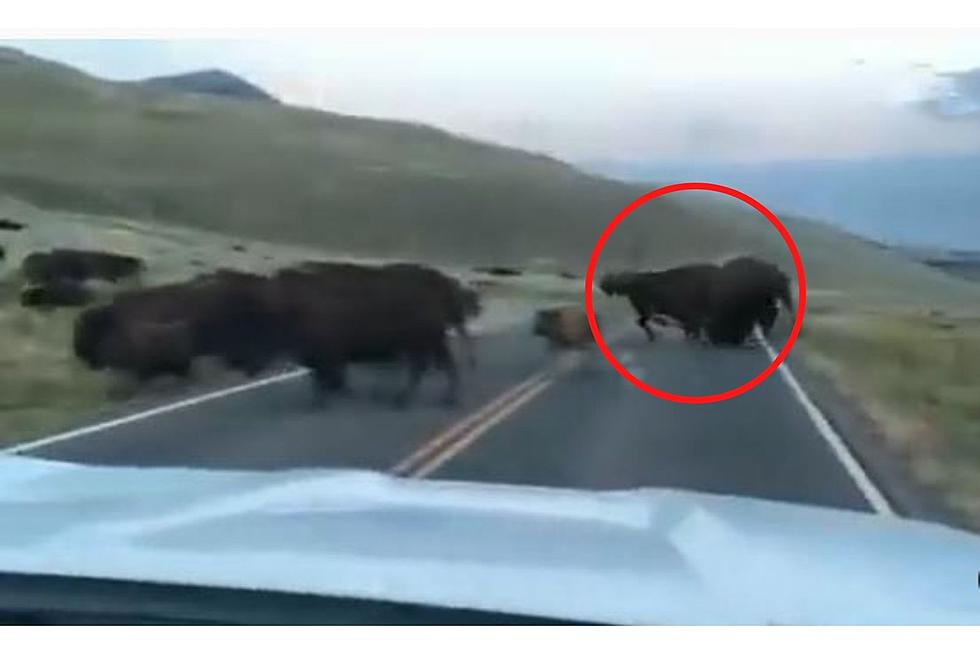
Wyoming Game and Fish Say Hoback Moose Research Is Initiated
The following is a release from the Wyoming Game and Fish Department in regards to research that is underway on moose around the Hoback Basin near Jackson.
The Wyoming Game and Fish Department and the University of Wyoming’s Cooperative Fish and Wildlife Research Unit are initiating a moose research project in an area that has been proposed for natural gas development south of Jackson. Researchers captured and fit 30 adult moose with GPS (Global Positioning System) radio collars to learn more about their habitat selection and migration patterns.
The study is designed to gain detailed baseline information about moose habitat use, migration and
survival, particularly in the Noble Basin area of the upper Hoback River basin, prior to development of a proposed natural gas field. “To date, we haven’t had a lot of energy development overlapping with moose habitat in Wyoming, so we felt it was important to get some animals marked in order to learn how they might respond to such a development,” said Gary Fralick, the Game and Fish’s South Jackson Wildlife Biologist.
The study is designed to have animals marked both in the area proposed for development as well as animals adjacent to the Noble Basin area for comparison, where there will not be any development. Eleven moose were captured and radio-collared near the proposed gas field project area, and the remaining 19 in the Beaver Creek and Green River south of the Hoback Rim, west of U.S. Highway 189/191.
Many of Wyoming’s moose populations have suffered marked declines over the past several decades, particularly in the western part of the state. The project was chosen by the Game and Fish’s internal moose working group and is one of several moose projects currently being conducted in collaboration with the UW’s research.
“Even if the gas field were not developed, getting this kind of detailed information on this moose herd would be quite valuable given the challenges many of our moose herds are facing today,” said Fralick.
Researchers are also collecting tissue samples from each animal captured to test for the presence of Eleophora, or carotid artery worm. Those results will be added to a larger database of similar information the Game and Fish has been gathering on all moose mortalities in the area over the past several years.
Many stakeholders came together to make this project possible. Local landowner cooperation was outstanding. “Special recognition is reserved for Judy Boeckmann at the Dead Shot Ranch in the upper Hoback and Doug and Lynda Vickery along the Green River for allowing us the use of their ranches as helicopter staging areas. Judy Boeckmann’s generosity and hospitality was magnificent,” said Fralick.
In addition, the Wyoming Outfitters and Guides Association was heavily involved in early efforts because they view the study area as having exceptional value for wildlife and Wyoming’s hunting heritage, he added.
The group promoted the need for baseline research on moose in the study area and worked closely with the energy company, Plains Exploration and Production (PXP), to match financial commitments made by the Wyoming Governor’s Office. Scott Winters, vice president of Corporate Communications for PXP, said, “PXP is pleased to have joined the state of Wyoming in providing the funding necessary to conduct this important baseline study of the Sublette moose herd. PXP’s participation in this project is consistent with its long-standing commitment to environmental stewardship and participating in funding habitat and wildlife studies in other parts of the country. We look forward to working with the state of Wyoming on this important project.”
Additional funding partners include the U.S. Forest Service and Wyoming Governor’s Big Game License Coalition.
More From KOWB 1290









